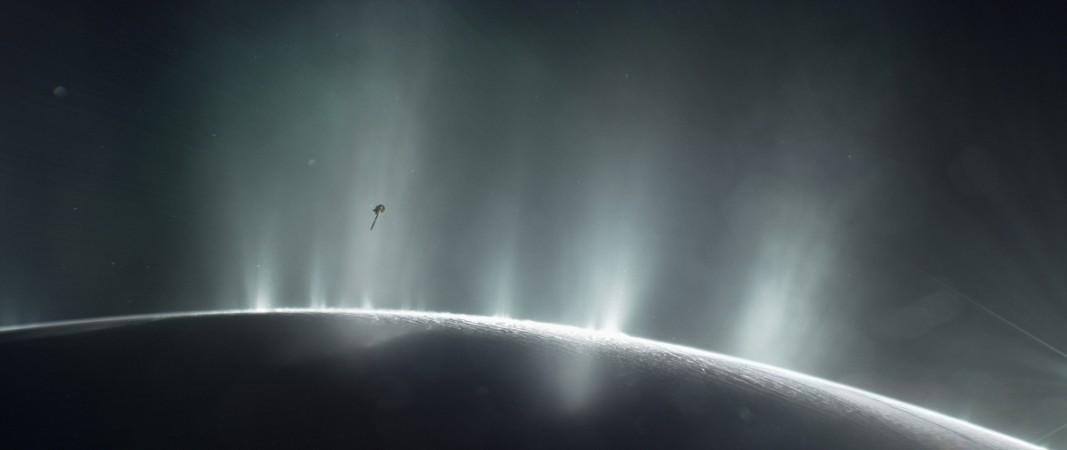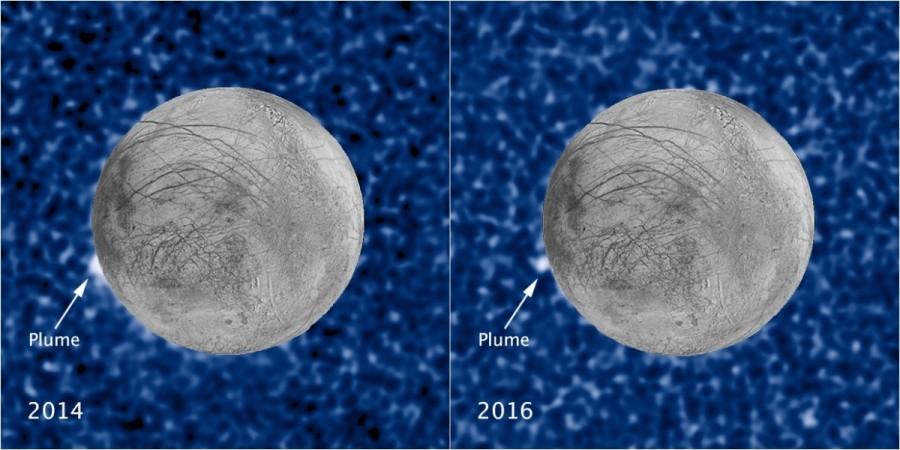
Last night (April 13), in a much-anticipated press conference, NASA made some stunning revelations about the icy moons of gas giants Jupiter and Saturn.
Also Read: Mysterious fast radio bursts, point towards presence of alien intelligence
A paper — presented by scienmtists working with NASA's Cassini mission to Saturn, and the Hubble Space Telescope — revealed that Saturn's moon Enceladus possesses a form of chemical energy that could give rise to life forms. They also had more details about the plumes of gas seen erupting from the surface of Jupiter's moon Europa.
"This is the closest we've come, so far, to identifying a place with some of the ingredients needed for a habitable environment," said Thomas Zurbuchen, associate administrator for NASA's Science Mission Directorate in Washington.
"These results demonstrate the interconnected nature of NASA's science missions that are getting us closer to answering whether we are indeed alone or not," he added.
According to scirntists with the Cassini mission, hydrogen gas — a building block of life — has been detected pouring into subsurface oceans on Enceladus; an outcome of geologival activity taking place on the ocean floor.
This finding led to the conclusion that microbes on Enceladus could get energy through a process caalled methanogenesis (which is carried out by combining hydrogen with carbon dioxide present in water). This process leads to the production of methane — which is also found in the roots of trees on Earth — and is likely to have played a major role in the rise of life on our planet.
Cassini has found that almost all the ingredients to start and sustain life already exist on Enceladus. The presence of phosphorus and sulphur in the moon's oceans, however, has yet to be confirmed.
"Confirmation that the chemical energy for life exists within the ocean of a small moon of Saturn is an important milestone in our search for habitable worlds beyond Earth," said Linda Spilker, Cassini project scientist at NASA's Jet Propulsion Laboratory (JPL) in Pasadena, California.
In October 2015, during a flyby of Enceladus by Cassini, hydrogen was detected in the gas plumes and icy material spouting from the moon.
Researchers discovered that 98 percent of the gas content in the plume was water, just one percent hydrogen and the remaining one percent consisted of molecules of carbon dioxide, ammonia and methane.
This composition was measured using the Cassini's Ion and Neutral Mass Spectrometer (INMS) instrument, which sniffs gases to detect their composition.

Cassini's INMS was designed to sample the upper atmosphere of Saturn's moon Titan. But its detectors were turned towards Enceladus after a towering plume of icy spray was detected in 2015.
"Although we can't detect life, we've found that there's a food source there for it. It would be like a candy store for microbes," said Hunter Waite, lead author of the Cassini study.
"If there are plumes on Europa, as we now strongly suspect, with the Europa Clipper we will be ready for them," said Jim Green, Director of Planetary Science, at NASA Headquarters.
Do check out this video for more info:
















